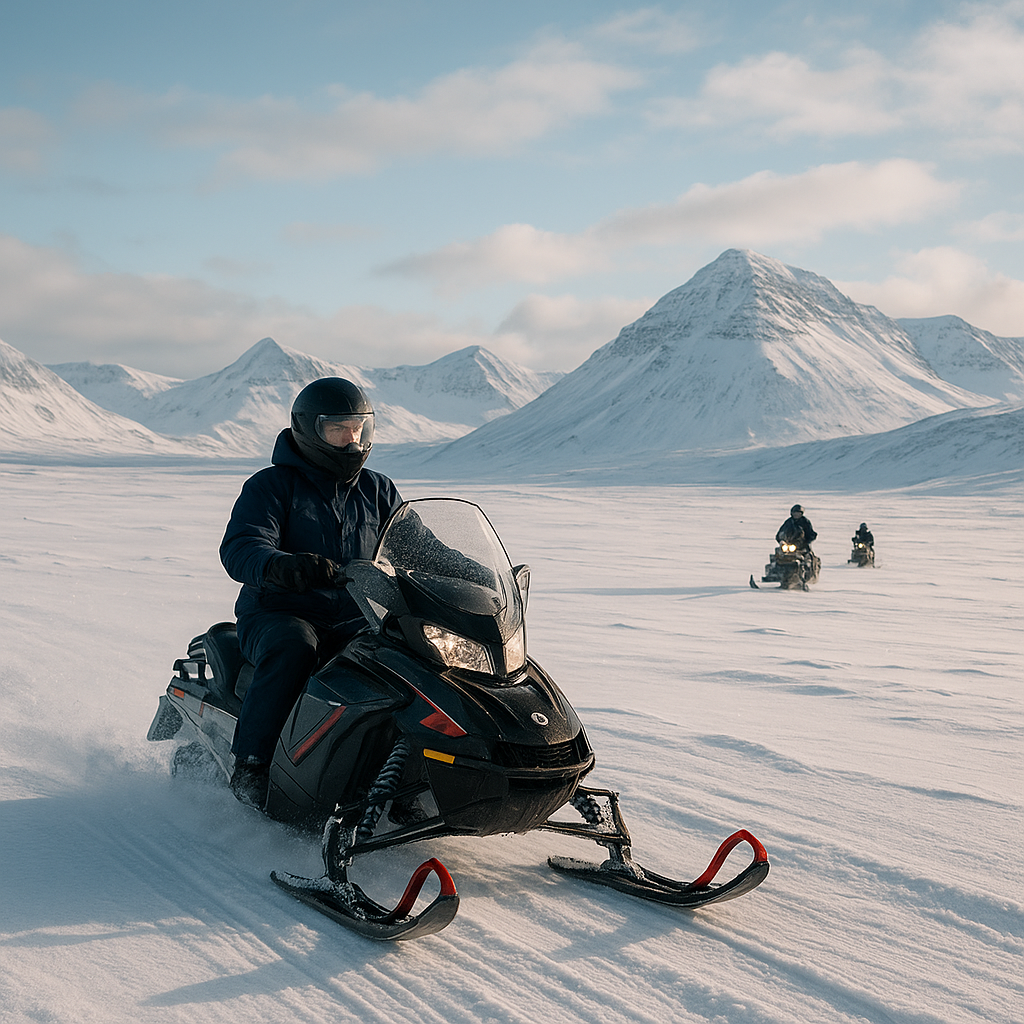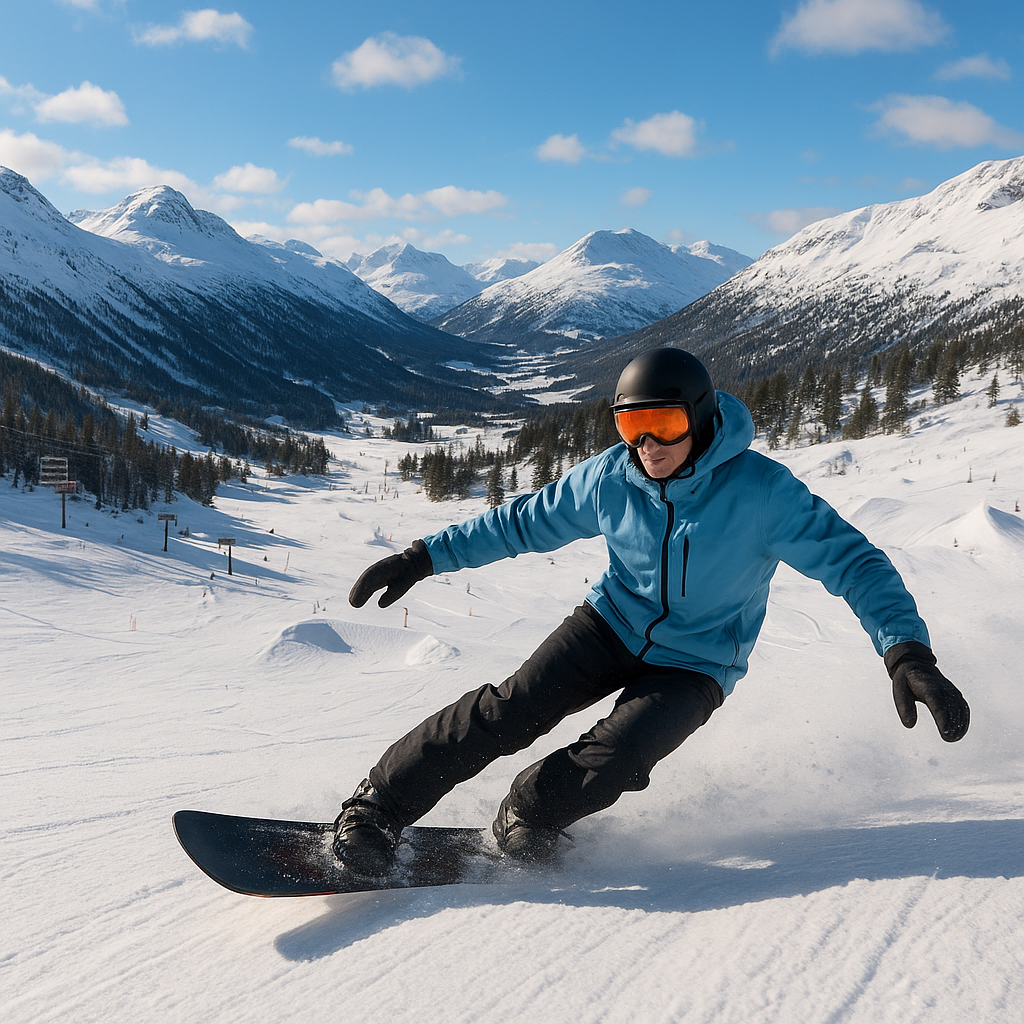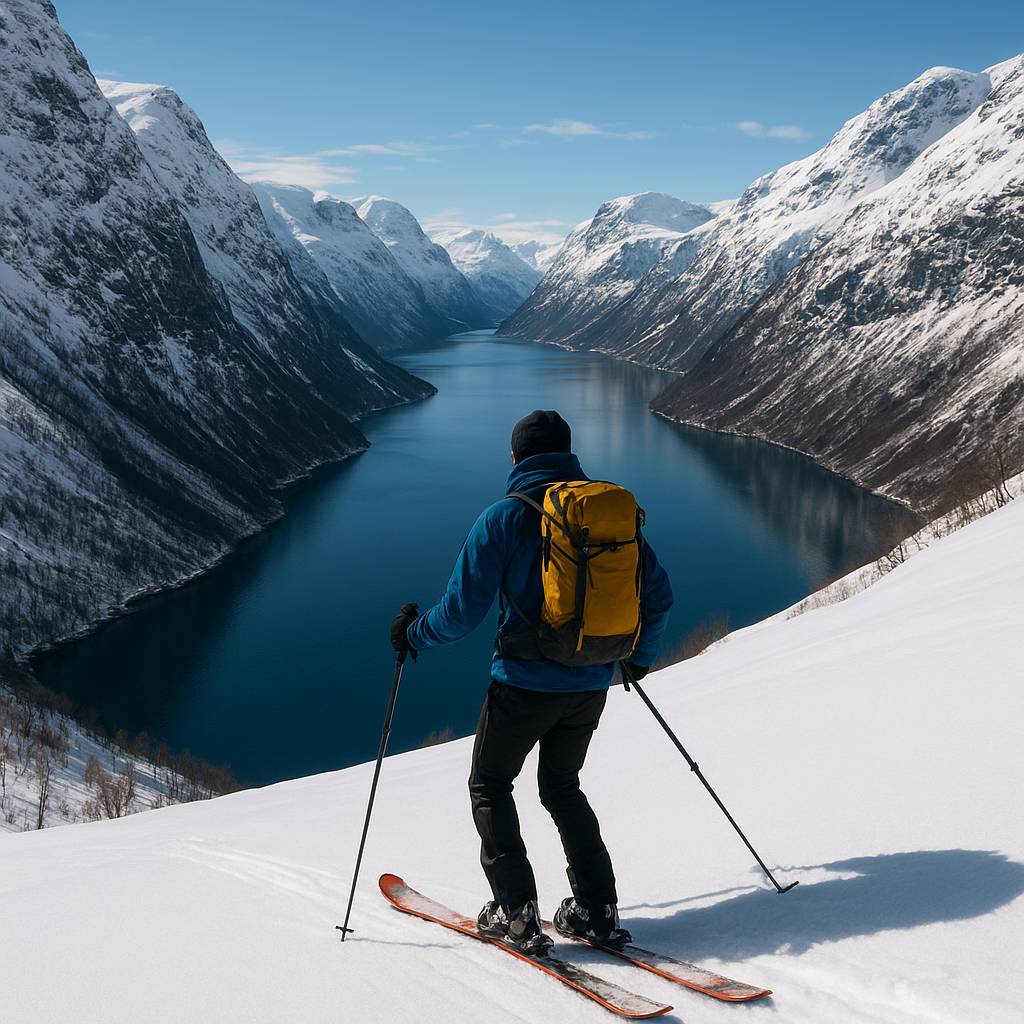
Embarking on a snowmobile journey across the Arctic Circle offers a unique blend of adventure, pristine landscapes, and cultural immersion. From the moment engines roar to life on a frozen plain, riders are enveloped in a world where **extreme** conditions meet **stunning** beauty. This article delves into the essentials of snowmobiling in the High North, explores the challenges of navigating a frozen realm, and highlights the importance of environmental and cultural respect during these unforgettable expeditions.
The Arctic Circle’s Frozen Playground
Setting the Scene
Stretching across Greenland, Scandinavia, Russia, Canada, and Alaska, the Arctic Circle is defined by its subzero temperatures, extended periods of daylight in summer, and the magical glow of the aurora borealis in winter. Vast expanses of snow-draped tundra and thick layers of sea ice create an unspoiled backdrop for snowmobile enthusiasts. Enthusiasts from around the globe flock here to sample the thrilling rush of high-speed travel over untouched terrain.
Why Choose Snowmobiling?
- Accessibility: Cover dozens of kilometers per day with relative ease.
- Versatility: Traverse meandering frozen rivers, towering snowdrifts, and coastal sea ice.
- Adventure: Combine sightseeing, wildlife spotting, and cultural visits into one journey.
Snowmobiles deliver an immediate sense of freedom. Unlike hiking or skiing, they allow travelers to explore remote outposts and hidden valleys, unlocking parts of the Arctic that remain largely untouched by mass tourism.
Snowmobiling Essentials: Gear, Safety, and Techniques
Essential Gear
Embarking on an Arctic snowmobile trip demands thorough preparation. Riders must gear up for extreme cold, sudden weather shifts, and long periods in remote areas.
- Protective Clothing: Layered thermal wear, insulated jackets, and windproof pants to guard against frostbite.
- Helmet and Goggles: Full-face helmets with anti-fog goggles for clear visibility and head protection.
- Navigation Tools: GPS devices adapted to polar conditions, physical maps, and compasses.
- Emergency Kit: First aid supplies, flares, satellite phone, and repair tools for on-the-spot engine fixes.
- Fuel Reserves: Extra canisters for extended excursions beyond established refueling points.
Safety Protocols
Safeguarding life and limb is paramount. Before setting off:
- Check local weather bulletins and avalanche risk reports.
- Inform a base camp or lodge of your planned route and expected return time.
- Carry communication equipment capable of working in remote areas.
- Undergo a brief avalanche rescue training session, including use of beacons and probes.
On the trail, adhere to a strict buddy system. Never ride alone, and maintain visual contact or regular radio check-ins. Ice thickness varies dramatically—rivers may freeze solid at 30 cm (12 inches) in one spot and remain dangerously thin a few hundred meters away.
Riding Techniques
- Throttle Control: Apply smooth, gradual acceleration to maintain balance and conserve fuel.
- Body Positioning: Stand on footrests when tackling deep snow or bumpy ice; shift weight forward when climbing inclines.
- Cornering: Lean into turns while reducing speed; anticipate hidden ruts or ice patches.
- Trail Etiquette: Respect marked paths, avoid disturbing wildlife, and yield to slower riders.
A seasoned guide will demonstrate how to read snow textures and ice cracks, ensuring riders can adjust technique to match ever-changing conditions.
Navigating the Arctic Terrain: Challenges and Rewards
Environmental Hurdles
The Arctic environment is both majestic and unforgiving. Riders contend with:
- Drifting Snow: Strong winds can create nearly impassable walls of wind-sculpted drifts.
- Whiteouts: Sudden snowstorms can reduce visibility to a few meters.
- Subzero Temperatures: Mechanical failures increase when mercury drops below -20°C (-4°F).
Advanced preparation and flexibility are crucial. Properly anti-freeze-treated fuel, high-capacity batteries, and heated grips can mean the difference between a smooth journey and a life-threatening delay.
Scenic Wonders
Despite the hardship, the Arctic rewards patience with breathtaking sights:
- Aurora Borealis: Dancing curtains of green and purple light in the night sky.
- Frozen Waterfalls: Icy cascades that glisten like crystal sculptures.
- Wildlife Encounters: Polar bears, reindeer herds, and arctic foxes observed from a safe distance.
- Endless Vistas: Rolling tundra, jagged ridges, and sea ice stretching to the horizon.
Photographers and nature enthusiasts often plan their trips around the prime aurora seasons or to coincide with the midnight sun, capturing the Arctic’s dramatic transformations.
Beyond the Ride: Cultural Encounters and Environmental Stewardship
Indigenous Connections
The Arctic Circle is home to diverse Indigenous communities, including the Sámi in Scandinavia and the Inuit in Canada and Greenland. Snowmobiling expeditions can include authentic experiences such as:
- Traditional reindeer herding demonstrations.
- Stories around a crackling fire inside a turf hut.
- Sampling local cuisine, such as smoked fish and wild berry preserves.
These interactions foster cross-cultural understanding and respect, reminding travelers of the region’s rich human heritage that has persisted for millennia.
Environmental Responsibility
The Arctic is among the most fragile ecosystems on Earth. Responsible operators and riders adhere to these sustainability principles:
- Minimize noise pollution by using low-emission engines and eco-friendly lubricants.
- Dispose of all waste properly, leaving no trace on snow or ice.
- Respect wildlife by maintaining safe distances and avoiding nesting areas.
- Support local conservation initiatives and Indigenous-led stewardship programs.
By championing conservation, snowmobile tourists can help protect vital habitats and ensure that future generations enjoy the same Arctic wonders.
Extending the Adventure
Many operators offer multi-sport itineraries that combine snowmobiling with:
- Cross-country skiing across frozen lakes.
- Ice fishing on remote riverbanks.
- Dog sledding through boreal forests.
This blend of activities adds diversity to the trip and deepens immersion in Arctic culture and landscape. After a day of high-speed riding, a quiet evening of stargazing or snowshoeing can provide a serene counterpoint.
Ultimately, snowmobile adventures in the Arctic Circle create a powerful bond between rider, machine, and the natural world. By preparing meticulously, respecting local customs, and adopting a sustainable mindset, travelers can experience the full majesty of the polar frontier and leave with memories that will last a lifetime.

